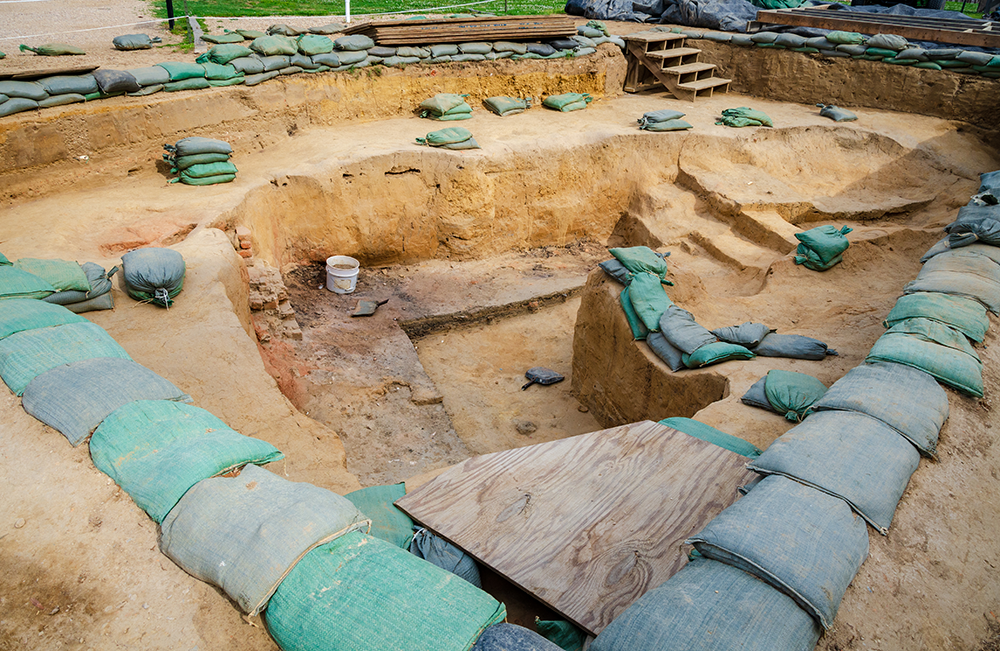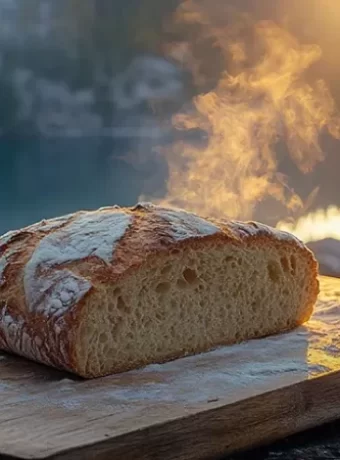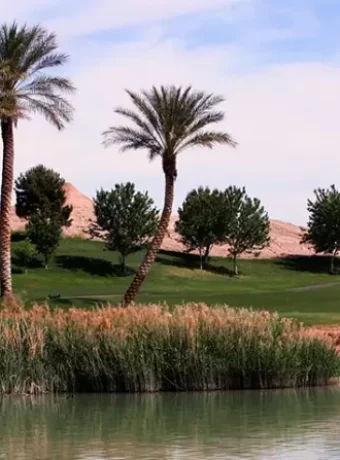History of Jamestown Virginia from 1607 till Now: A Captivating Tale
History of Jamestown Virginia from 1607 till Now. It’s a tale of survival, conflict, and the birth of a nation. We will explores the story of Jamestown – from its early days as a struggling settlement to its legacy as a pivotal landmark in American history. We’ll uncover the challenges faced by those who dared to venture into this new world, their interactions with the native inhabitants, and the impact Jamestown had on shaping a nation.
Jamestown was a part of a ten day tour of here, Williamsburg, other stops on the Virginia coast, including Outer Banks-Kitty Hawk, and driving over the Chesapeake Bay Bridge. This era in global history and before is an intriguing expedition.
Table of Contents
Early Jamestown: Struggle and Survival
The story of Jamestown begins in 1607, with the arrival of 105 colonists aboard three ships: the Susan Constant, the Godspeed, and the Discovery. These early settlers, funded by the Virginia Company, aimed to establish a permanent English settlement in North America.
Driven by dreams of wealth and adventure, they chose a marshy peninsula for their settlement. This location, situated on the James River, offered a strategic advantage for defense but proved vulnerable to disease and harsh conditions. Disease was rampant, food stores were scarce, and relations with the local Powhatan Indians were strained from the start. This period pushed Jamestown to the brink of collapse.
Life in Early Jamestown: Hardships and Adaptation
The first few years in Jamestown were incredibly difficult for the colonists, who were ill-prepared for the realities of the New World. The unfamiliar terrain, limited supplies, and constant threat of disease meant survival was paramount.
The colonists had to adapt quickly. Food and clean water were scarce, forcing them to rely on foraging, hunting, and meager supplies from England. These methods proved insufficient, leading to periods of starvation now known as the “Starving Time,” which had devastating consequences for the Jamestown settlers.
Despite facing unbelievable challenges, the colonists persevered, developing strategies for farming, defense, and interaction with the indigenous population. Life in those early days demanded resilience, resourcefulness, and a heavy dose of good fortune to survive.

Archeological did in Historic Jamestown

Climbing the Bill a Cliff Hanger Like the History of Jamestown
Outdoor Apparel, great graphic hoodies designed for adventure. All hiking, fly fishing and outdoor apparel is a UPF-50 and designed for comfort and movement.
Jamestown and the Powhatan: A Complex Relationship
From the moment the English settlers arrived in Virginia, their relationship with the indigenous population, particularly with the Powhatan Confederacy, heavily influenced Jamestown’s fate. This period is marked by a complex and ever-evolving dynamic of cooperation and conflict.
Initial Encounters: Between Trade and Tension
Early interactions between the Jamestown colonists and the Powhatan people were marked by cautious curiosity and trade. The English traded metal tools, beads, and other goods for food provided by the Powhatan. However, this seemingly beneficial arrangement was strained by underlying tensions and cultural misunderstandings.
The colonists needed land and resources controlled by the Powhatan, creating simmering conflict. The colonists’ dependence on Powhatan corn, critical to their survival, was leveraged by Chief Powhatan to exert influence.
Tragically, some colonists disregarded Powhatan customs and trespassed on their lands, further damaging the relationship. This tension eventually boiled over into violent conflict that impacted both sides. These early years underscore a turbulent dance between cooperation and conflict that would mark much of Jamestown’s history.
Conflict and Shifting Alliances
The uneasy peace between the English settlers and the Powhatan was not destined to last. As the colony grew, so did the colonists’ demands for land, leading to clashes over resources and territorial disputes that turned tragically violent.
Amidst this period of conflict, the story of Pocahontas, daughter of Chief Powhatan, became intertwined with Jamestown. While the romanticism surrounding her relationship with colonist John Smith is debated, her involvement in the early years of the colony provides valuable insight into those turbulent times. It’s an event you’ve probably heard about before.
Did you know John Smith didn’t tell anyone for years after she supposedly saved his life, then only after Pocahontas converted to Christianity? The story gets more complex when you find out this “execution and salvation” ceremony was apparently part of a common ritual amongst the Powhatan people, suggesting Pocahontas may have been playing a specific cultural role according to Historic Jamestowne.
Over time, a devastating combination of diseases, wars, and displacement led to the decline of the once-powerful Powhatan Confederacy. Alliances were forged and broken, peace was made, and tragically, too often, shattered. Jamestown and its people found themselves forever changed. This makes it all the more vital to engage with those changing dynamics.
Growth, Transformation, and the Seeds of Change: 1619
The year 1619 was pivotal for Jamestown and the future of Virginia. Three key developments during this time would ultimately set the stage for a future American society: the introduction of representative government, the arrival of the first documented Africans, and the focus on establishing families. It forever altered the trajectory of the History of Jamestown Virginia from 1607 till 2024.
The Seeds of Democracy: The House of Burgesses
Seeking greater stability and more control over their affairs, in 1619, the Virginia Company directed Governor George Yeardley to implement a new form of government: a representative assembly to participate in governing the colony. This directive set the stage for the establishment of the House of Burgesses. This assembly, which met for the first time on July 30th, 1619, convened in the church at Jamestown with elected representatives called “burgesses.”
Historical documents detailing these instructions are still available today, preserved by Encyclopedia Virginia. The formation of the House of Burgesses, though seemingly small, had monumental implications.
This early experiment in self-governance marked a turning point, planting the seeds of democracy. The right for Virginians to have a say in their own governance – a concept virtually unheard of at that time – set in motion an unstoppable wave. The principles championed in that humble church would resonate in the halls of government for centuries to come.
Arrival of the First Africans
August of 1619 saw the arrival of “20 and odd” Africans to the colony aboard the privateer ship, the White Lion. Historical sources, such as Social Sci LibreTexts – Jamestown, indicate that these individuals were stolen from a Portuguese slave ship. The status of these individuals upon their arrival is heavily contested.
However, it is known that they were treated similarly to indentured servants already present in the colony. This system legally bound individuals to a period of labor, in exchange for passage, food, lodging, and (usually) freedom dues at the end of their contract – usually 4-7 years. This, unfortunately, laid the groundwork for the institution of slavery in what would become the United States.
The Quest for Stability: The Arrival of Women
The Virginia Company realized that for Jamestown to truly thrive, it needed to establish a sense of permanence, stability, and growth. This understanding led them to recruit women from England, offering them free passage to Jamestown and the chance to create a new life for themselves in exchange for becoming wives and starting families.
Around 90 women embarked on this perilous journey in 1619, enticed by promises of a better future. Historical records, such as those unearthed by archaeologists involved with the Jamestown Rediscovery project (started in 1994), paint a picture of everyday life in the colony. These artifacts reveal stories of resourcefulness and adaptation as Jamestown found its footing
Tobacco, Prosperity, and Conflict: Jamestown in Transition
Tobacco: Economic Salvation and Ethical Dilemmas
Tobacco, first cultivated by John Rolfe, proved to be Jamestown’s economic engine and cash crop. While immensely profitable, this newfound reliance on tobacco came at a cost, driving the expansion of the colony and fueling an insatiable appetite for land.
This put further strain on relations with the Native Americans, which were already strained to their breaking point. This insatiable appetite would have unforeseen consequences and contribute to future conflicts for generations to come.
Bacon’s Rebellion: Seeds of Discontent
The year 1676 marked a turning point in Jamestown’s history with the outbreak of Bacon’s Rebellion. This complex event was fueled by several factors: declining tobacco prices, high taxes imposed by Governor William Berkeley and his cronies, and Berkeley’s refusal to retaliate for Indigenous attacks on frontier settlements.
This led to a group of disenfranchised colonists, led by Nathaniel Bacon, rising up in open revolt. They challenged not only the colonial government but also the socioeconomic inequalities that plagued Virginia.
Bacon’s Rebellion, brief though it may have been, exposed cracks within the colony. Its legacy resonated even after the rebellion’s collapse. It underscored the anxieties of those living on the frontier and it became clear that ignoring these tensions could lead to dramatic and violent outcomes. It also became clear that tobacco alone, despite its profits, couldn’t hold the colony together indefinitely.
Shifting Sands: Jamestown’s Decline and Legacy
Ironically, as the colony of Virginia flourished, Jamestown’s fate took a very different turn. With time, its political and economic significance began to fade.
Relocation of Power and Jamestown’s Fate
In 1699, a fire, seemingly started by a prisoner awaiting execution, destroyed Jamestown’s statehouse and much of what remained of the town. This statehouse was the 2nd or 3rd one constructed by this time. You can learn more about how archaeology revealed different statehouses on the same site throughout Jamestown’s history by exploring Historic Jamestowne’s website.
The fire forced the capital to permanently move from Jamestown to Middle Plantation, later renamed Williamsburg. This shift symbolized the changing tides, with Jamestown relegated to the backwaters of history.
Although Jamestown was largely abandoned in the 18th century, it still played a minor role as a military outpost during both the American Revolution and the Civil War. By then, though, Jamestown was nothing more than an agricultural backwater.
Rediscovering and Reclaiming Jamestown’s History
The story of Jamestown didn’t end with its abandonment as the capital. The 20th century breathed new life into Jamestown, with archeological excavations revealing remnants of James Fort. These findings offered valuable insights into the layout, construction techniques, and daily life within those fortified walls.
The establishment of Historic Jamestowne, jointly administered by Preservation Virginia and the National Park Service, began welcoming visitors, bringing a distant past vividly to life.
However, as with many coastal sites, Jamestown faces challenges. In particular, rising sea levels. You’ll also find that studies on this threat are discussed more fully on this page from LiveScience.com – Rising Seas May Destroy Archeological Sites, among others.
Conclusion of the History of Jamestown Virginia
The story of Jamestown, is not merely a historical account. The history of Jamestown, Virginia from 1607 until 2024, represents the indomitable spirit of those early settlers. Through their endurance, adaptability and determination they shaped a future. Visiting Jamestown today is to walk in the footsteps of history, reminding us of the complex narratives that shape our world. Whether you’re a history buff, intrigued by the early days of English colonization, or captivated by the stories of Pocahontas and John Smith, Jamestown serves as a poignant reminder of our past.
Leave Jamestown and Explore Virginia
Virginia offer panoramic mountain views, historic estates as Mount Vernon, Monticello, Williamsburg and the list goes on. If you love history as I do, Virginia is a great place to start.
Also great golfing, hiking, camping, backpacking, fly fishing and this list could go on. Blueridge Parkway explodes upon the senses.
Fly Fishing Gear on Saltwater on the Fly and more.







